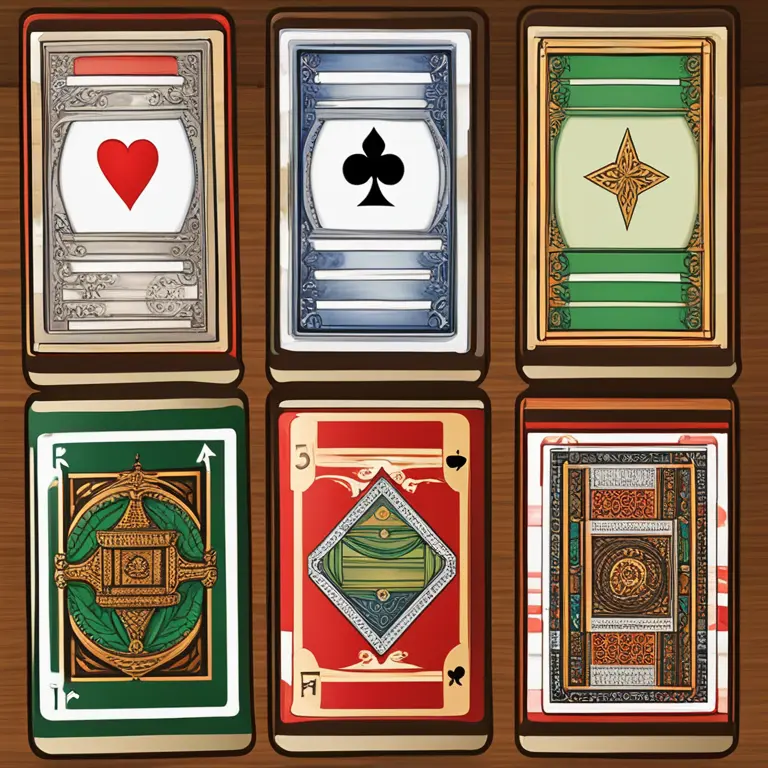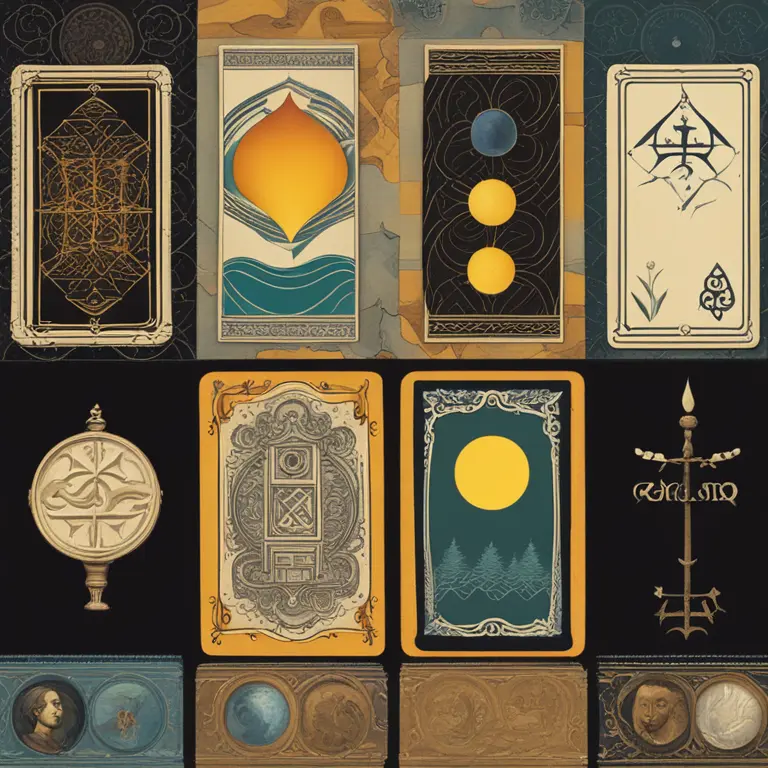
Introduction to Tarot for Locating Items
Tarot cards have long been associated with divination and seeking guidance for personal and existential questions. In recent years, however, Tarot has also been utilized as a tool for more pragmatic matters, such as finding lost items. The practice involves tapping into the intuitive guidance of the Tarot to illuminate the whereabouts of objects that have slipped away from our grasp. It is a confluence of intuition and symbolic interpretation that can turn the seemingly mundane into a mystical detective hunt.

Setting the Intent for Your Search
Before you begin your Tarot reading, it is crucial to set a clear intention. Focus on the item you wish to find, and imbue your thoughts with the desire to locate the object. Intention-setting transforms the reading from a mere card-drawing into a targeted quest for answers. It is believed that the energy of your thoughts can influence the reading and help guide the cards to provide insightful direction.

Selecting the Right Tarot Spread
Various Tarot spreads can be used to search for lost objects. The three-card spread, with one card representing the past, present, and future, can provide a timeline for when the item might be found. The five-card cross spread offers more detail by adding information about potential obstacles and underlying reasons for the item's disappearance. The choice of spread should match the complexity of your situation and how much information you desire.

Interpreting the Cards for Clues
Once you've laid out your chosen spread, the interpretation begins. Each Tarot card has its individual symbolism, which can be related to physical locations or conditions surrounding your lost object. For example, The Four of Pentacles might hint at storage areas or places where valuables are kept, while The Moon could suggest looking in places that are not well-lit or are shrouded in confusion. Use these insights as starting points for your search.

Combining Intuition with Practical Search Techniques
Even with spiritual tools like Tarot, practicality plays a key role in successful searching. Combine the knowledge gleaned from the Tarot reading with physical effort—retrace your steps, tidy up cluttered areas, and systematically check the common places where items are often misplaced. Your intuitive findings should direct these actions. For instance, if the cards indicate a connection with water, consider areas like sinks, bathrooms, or laundry rooms.
Remaining Open to the Process
While Tarot can be a powerful aid, it's important to remain open to the process and not get fixated on a specific outcome. Interpretations are not always literal, and you may find that the journey to retrieve your lost item brings valuable insights into your life. Also, allow for some flexibility in your expectations; the Tarot might guide you to something unexpected that's equally important to find.
Conclusion
In conclusion, using Tarot cards to find lost items is an art that marries intuition with symbolic interpretation. Whether you're a seasoned practitioner or new to the world of Tarot, the practice can add a delightful and intriguing layer to the mundane task of searching for misplaced objects. With focus, a suitable spread, and an open mind, you may discover that the cards reveal more than just the physical location of a lost item—they may also unravel deeper truths and pathways in your daily life.
Published: 2/8/2024
Modified: 2/8/2024
More predictions
Come back here soon to learn more about yourself and your future


Zodiac Heart Compass: Find Your Emotional Direction
Delve into the secrets of the zodiac to discover how astrological signs guide the emotions and relationships of their bearers.


The Cancer Zodiac Profile: Insights & Characteristics
Discover the deep emotional world of Cancer, the fourth sign in the zodiac, revealing their traits, compatibility, and future prospects for 2024 and beyond.


Zodiac Affections: How Each Sign Craves Touch
Discover how each zodiac sign experiences and expresses their need for touch. Learn about the tactile preferences unique to all twelve astrological personalities.